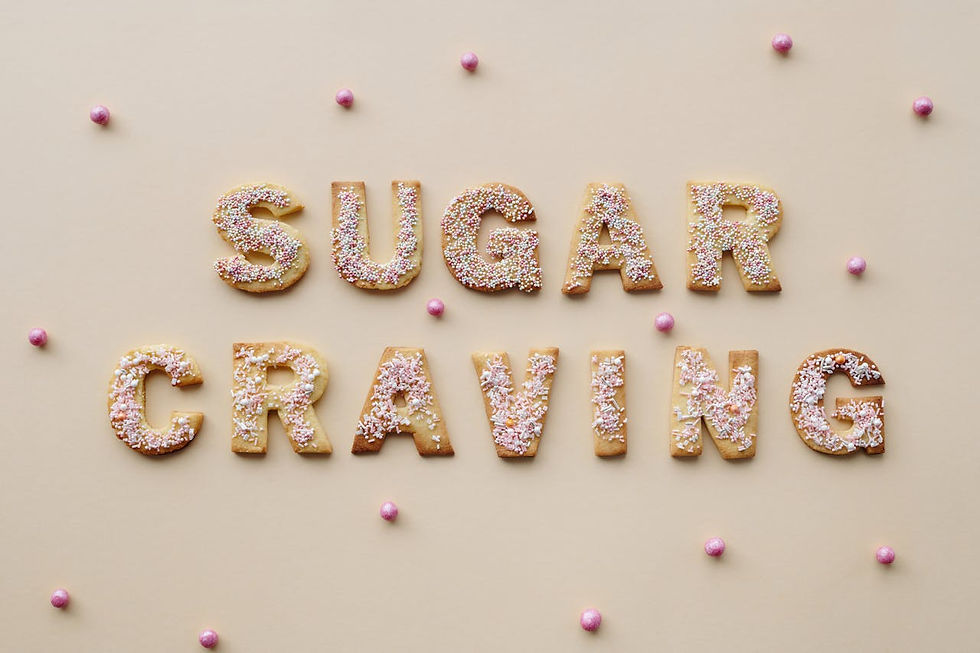THE ACID / ALKALI FOOD GUIDE
- Christine Youssef
- Feb 9, 2018
- 2 min read

It can be an enormous help to our general health to get the pH levels in our body right.
Generally, most of us are on the acid side (low pH), and need to increase alkaline foods in our diet. Chronic, low-grade acidosis in our body can lead to...
1. Reduced bone strength and formation
2. Increased inflammation... leading to pain eg gout, arthritis
3. Accelerated protein breakdown leading to muscle wasting and increased age-related muscle tissue loss
4. Irritation of the bladder and urinary tract that can pre-dispose to infection
5. Decreased ability to perform high intensity exercise
6. Increased risk of kidney stone formation
7. Growth and spread of naturally-occurring yeasts and fungi, which thrive in an acid environment, and can cause digestive problems
8. Herbal Medicines act as natural laxatives - patients often comment on better bowel function even though I haven't used any laxative herbs in their prescription!
9. Reduced immunity due to an increased production of free radicals (unstable molecules that cause cellular damage)
So to get the balance right, we need to REDUCE our intake of acid-forming foods such as: meat, white flour products, carbonated drinks, sugar, coffee, white rice, white vinegar (apple cider vinegar fine), peanuts, hazelnuts, icecream, chocolate.
At the same time, we need to INCREASE our intake of alkaline-forming foods such as: almonds, apples, asparagus, avocado, lentils, capsicum, berries, all citrus fruits, most herbs and spices (except table salt, sea salt fine), most veggies (except tomatoes, rhubarb and spinach).
There are extensive lists of acid/alkali foods available - the book "The Acid Alkaline Food Guide by Brown and Trivieri (2006) is particularly good.
There is a simple saliva test I do at the clinic that gives us a reading of your pH, and I have found it quite informative and reliable for patients.
Get the balance right for you, and I'm sure you will be feeling better...




Comments